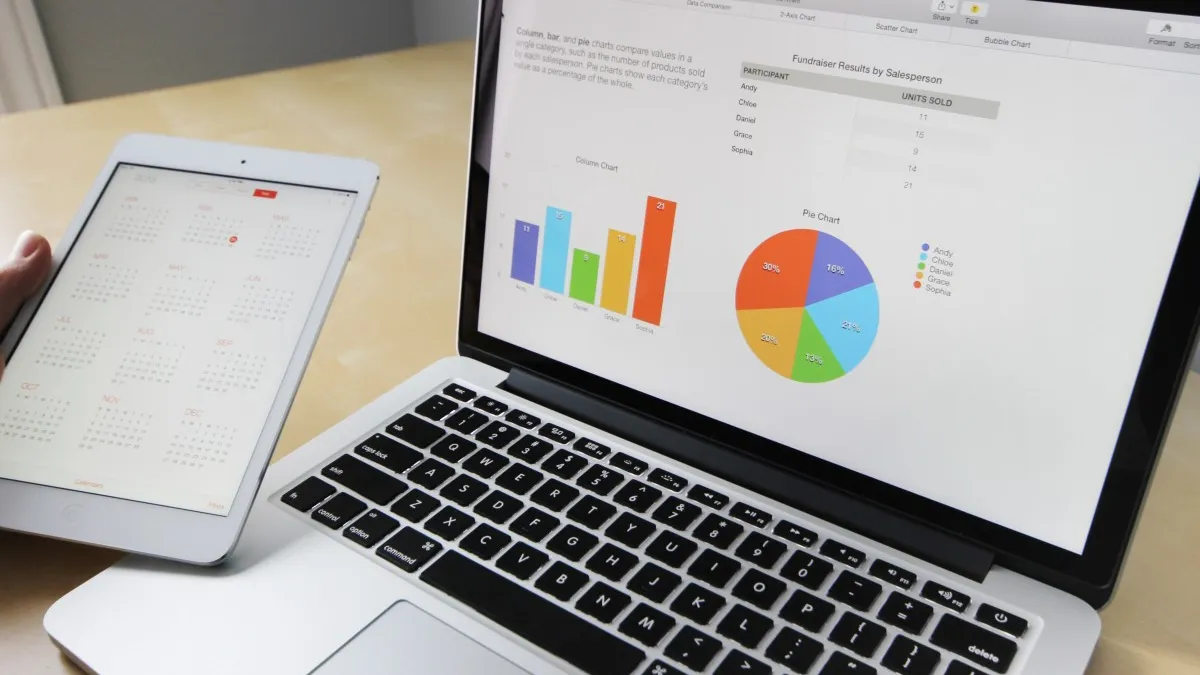The interconnectedness of today's business landscape gave companies an advantage amid the pandemic. Many knew the scope of the disruption coming.
Former colleagues in Asia began warning Jacob Hsu, CEO of Baltimore-based data science company Catalyte, the pandemic would bring massive upheaval to daily operations.
"We were coming up with some contingency plans that very quickly switched over to actual real operating plans," Hsu said, speaking at the Introduced|Virtual conference Thursday, organized by Technical.ly.
Catalyte was able to switch over to remote "pretty seamlessly," as two-thirds of its workforce was already distributed prior to the lockdown orders which hit the majority of the U.S. during the first quarter of 2020.
Similar warning signs hit SAP North America early on in the pandemic's growth. The software firm's global workforce of 100,000 began to see how it impacted its operations in parts of the world.
"Through that lens, we took a page from other regions and quickly and learned about things like shifting almost 100% to virtual and closing our offices," said Lloyd Adams, managing director for the East Region at SAP, speaking on the panel.
In their transition to remote work, IT leaders leaned on overcommunication and planning to adapt to the new normal, using tech platforms such as videoconferencing to support operations and staff.
At Catalyte, daily standup meetings usually drove the team's workflow. Once remote work became the norm, these touchpoints shifted to video calls to maintain engagement.
"I think there's something around seeing people and being somewhat present, even if it's virtually," said Hsu. "It makes a big difference versus just being a voice on the call."
Collaboration platforms became the technological backbone of remote work, as teams navigated complexities such as disruptions in the supply chain or overburdened digital services.
As the pandemic hit, Comcast was beginning to explore Microsoft Teams as a tool to enable collaboration, said Melanie Penna, SVP of customer experience integration at Comcast, speaking on the panel.
"We were dipping a toe in Microsoft Teams and it just took off once we were all virtual," said Penna. "From us it was a life saver. Very quickly, from a change management perspective, we went from no idea of how to use Teams to two days later you're an expert."
To keep staffers apprised of changes amid a rapidly-changing context, Comcast began to ship executive summaries each night, highlighting latest decisions or relevant information to their staffers.
In the coronavirus shift to remote work, companies who succeed at the transition will let tech tools and updated procedures guide the way, executives say.
The temporary shift to distributed work has impacted the way Catalyte will operate moving forward.
"We are making work from home basically the default," said Hsu. "At least for how we deliver our engineering projects." Talent development functions will likely follow a hybrid model.













